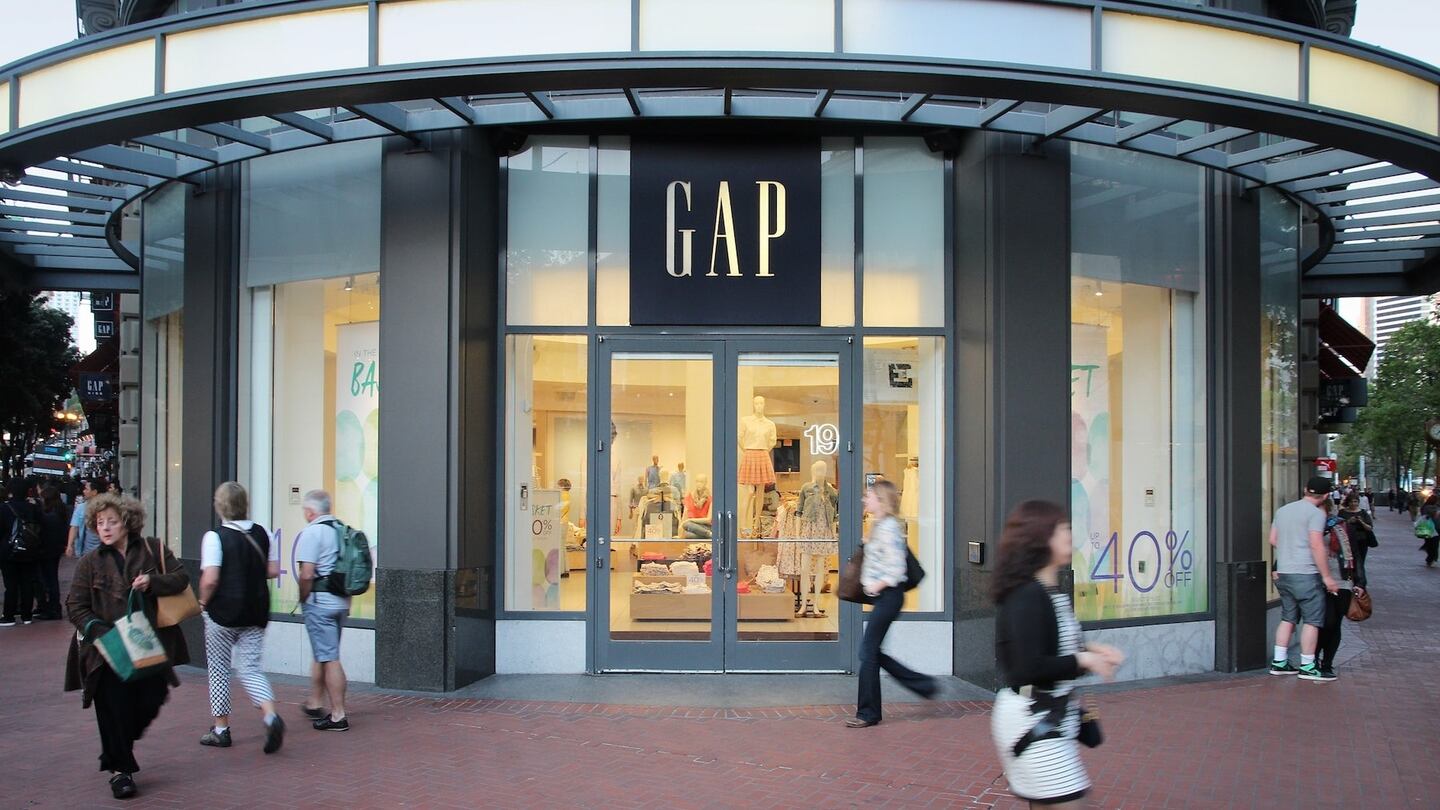
The Business of Fashion
Agenda-setting intelligence, analysis and advice for the global fashion community.

Agenda-setting intelligence, analysis and advice for the global fashion community.

SAN FRANCISCO, United States — Gap Inc. doesn't want to raise the price of your sweaters. But thanks to the trade war, it may have no other option.
While most of the apparel company’s products are from Vietnam, about 22 percent still come from China — even after moves to scale back operations there. So Gap is closely following US trade policy after the latest round of tariffs was levelled on Chinese goods.
“We are watching it very, very carefully, as you can imagine,” chief executive officer Art Peck said in an interview, noting that the duties on imports have yet to affect the company’s prices.
Nonetheless, “in some cases, we’ll have no choice but to pass the impact of these tariffs through to our consumers,” he said.
ADVERTISEMENT
While the retailer plans to continue moving away from China and expand sourcing to other nations, there are certain items — like sweaters — where China has a strong advantage, Peck said.
“What this will ultimately be, we think, is a tax on the consumer,” he said. “And it’s unfortunate that this will impact consumers especially going into the holiday season.”
The trade dispute represents another challenge for Gap. The company has struggled with declining mall traffic, operational missteps and disappointing growth. The Gap brand, in particular, has fallen short, and the company is increasingly relying on its Athleta and Old Navy chains for growth.
Athleta Success
The company’s success with its Athleta brand inspired its new men’s brand, Hill City, which fuses sportswear with everyday apparel. The clothing line, which includes lightweight stretch pants for either the gym or running errands, will be offered online starting in mid-October. “We nurtured it inside Athleta,” Peck said of Hill City.
Over the next five years, Gap plans to ramp up its acquisitions, using Athleta as a model, Peck said. The company acquired Athleta in 2008 “when it was small, and it’s closing in on a billion dollars and showing no signs of letting up right now,” Peck said.
Gap will eye other companies with a similar profile that don’t have a lot of stores and could benefit from Gap’s platform, Peck said. The company will also seek to boost e-commerce, with Peck saying online sales could make up as much as 60 percent of sales by 2023.
Peck said the company may have the same amount of stores by then, but they’ll be smaller and with more technology enhancements.
By Hema Parmar, Emily Chang; editors: Anne Riley Moffat, Jonathan Roeder, Mark Schoifet.
From analysis of the global fashion and beauty industries to career and personal advice, BoF’s founder and CEO, Imran Amed, will be answering your questions on Sunday, February 18, 2024 during London Fashion Week.
The State of Fashion 2024 breaks down the 10 themes that will define the industry in the year ahead.
Imran Amed reviews the most important fashion stories of the year and shares his predictions on what this means for the industry in 2024.
After three days of inspiring talks, guests closed out BoF’s gathering for big thinkers with a black tie gala followed by an intimate performance from Rita Ora — guest starring Billy Porter.